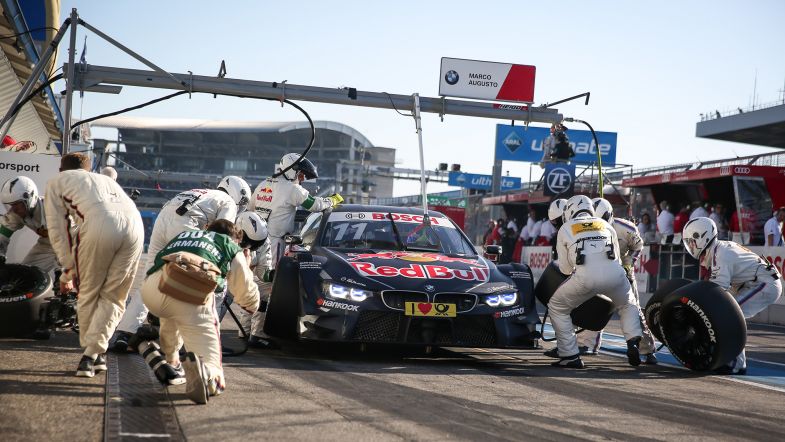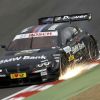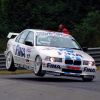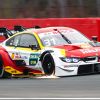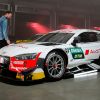DTM announce new technical regulations ahead of the 2018 season
DTM’s organiser, ITR, has announced the new technical and sporting regulations for the 2018 season, some of which will be tested tomorrow until at the pre-season test at Vallelunga, Italy, by all three manufacturers.
The 2017 regulations were intended to be the start of a new three-year homologation cycle, but the abolition of performance weights with two rounds to go last year saw a concession accepted, with the manufacturers able to optimise the aerodynamics for this season.
This will be the key change for 2018, with several modifications to the aero package, including a reduction of the frontal aero flicks and a smaller front splitter. The side ducts have been simplified and the end plates below the doors have been removed. The rear geometry has been maintained, but with a reduction of add-on parts.
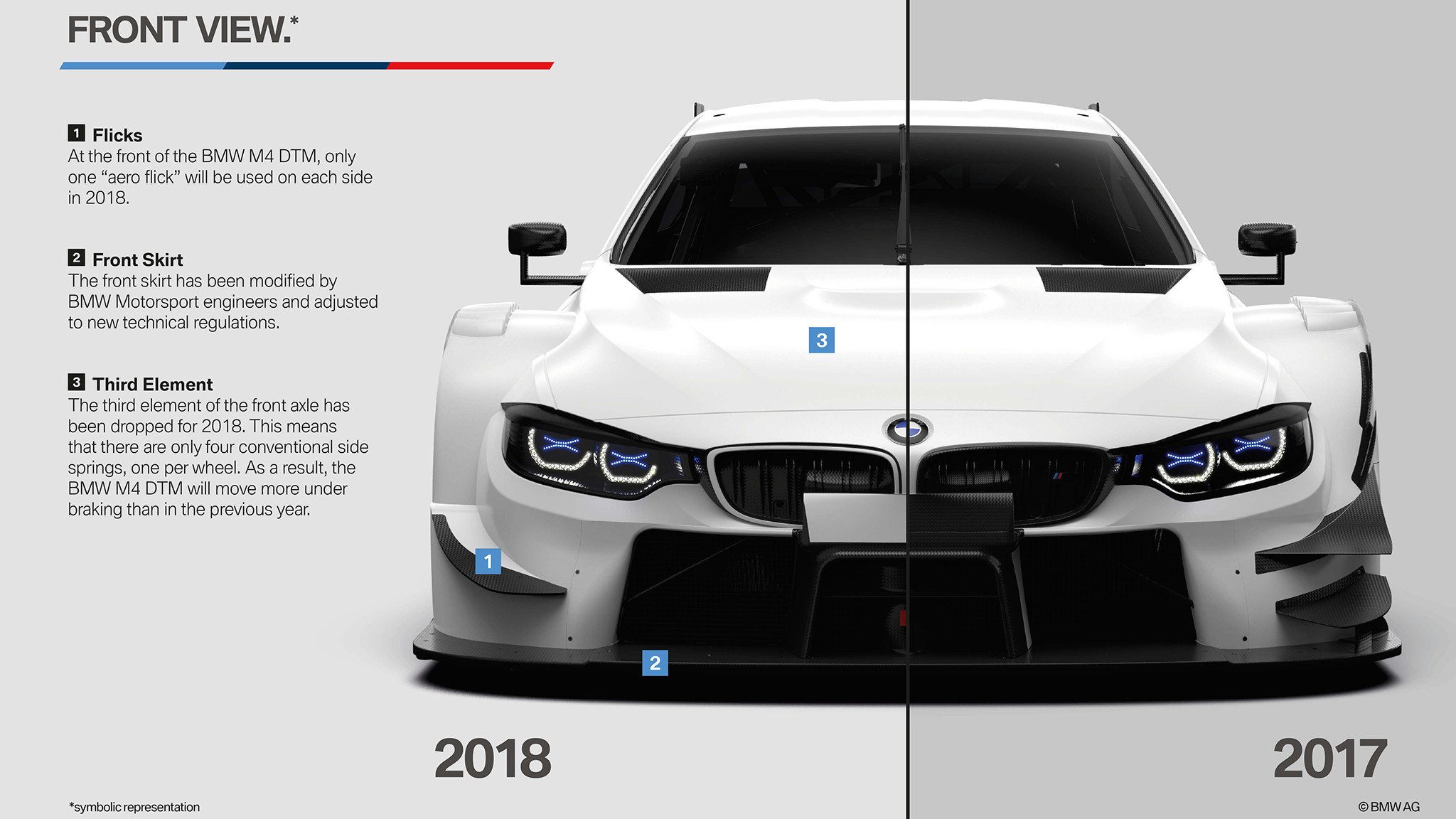
The changes will result in higher speeds, and the total downforce of the car is reduced by a third, putting the emphasis on drivers’ performance, and leading to the simplification of the cars’ aerodynamics ahead of the full switch to Class One regulations in 2019.
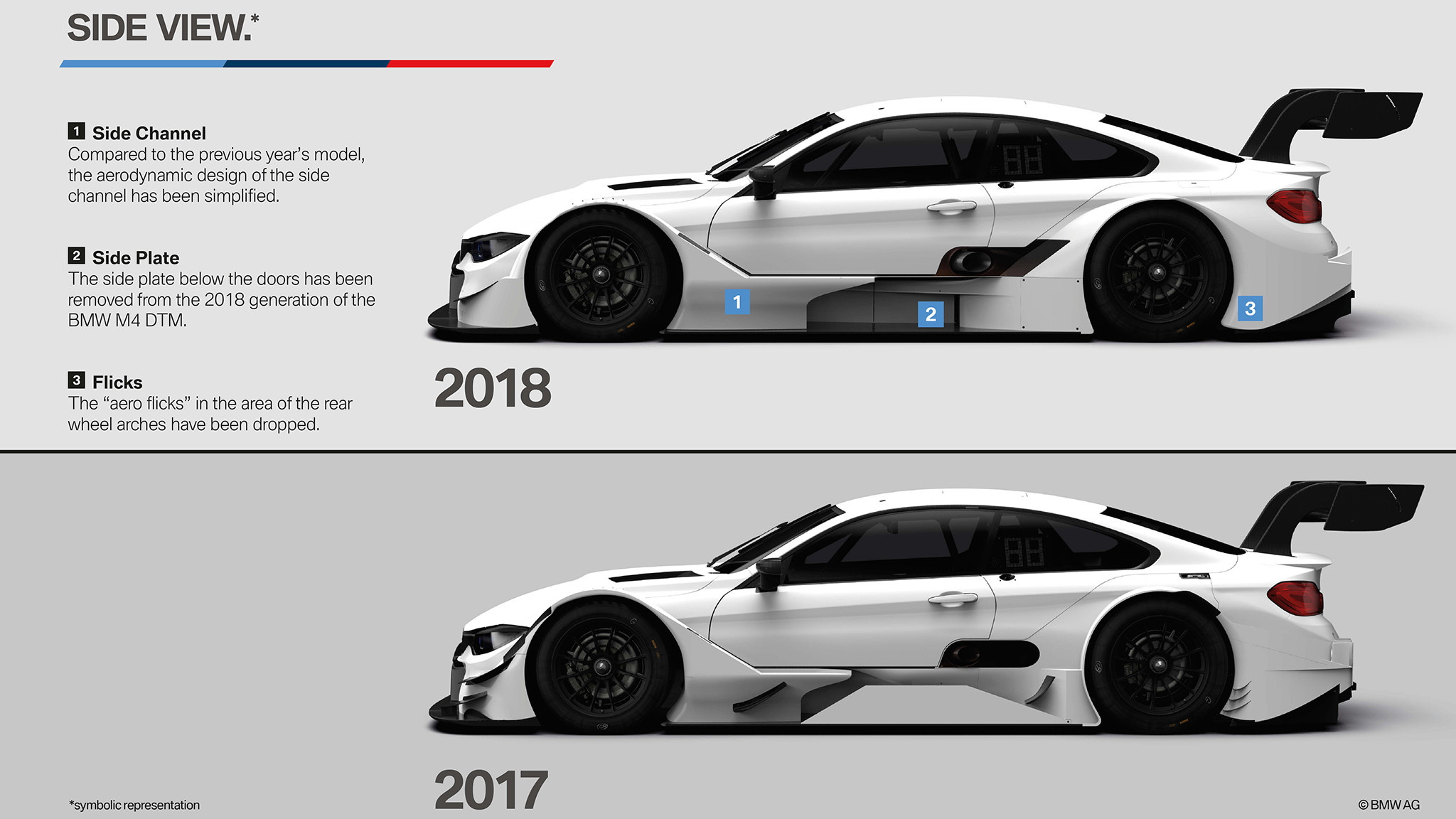
The third element of the front axle has also been removed, with the car now only having four linear coil springs, resulting in the car moving more under braking and effecting corner stability.
The base weight has also been reduced to 1,115kg, with a minimum for the vehicle without the driver set at 1,031kg.
In order to accommodate the extra mileage caused by the introduction of a tenth round, with Brands Hatch added to the calendar, it has been agreed to increase the number of engines available to each manufacturer from seven to eight, which may changed without penalties.
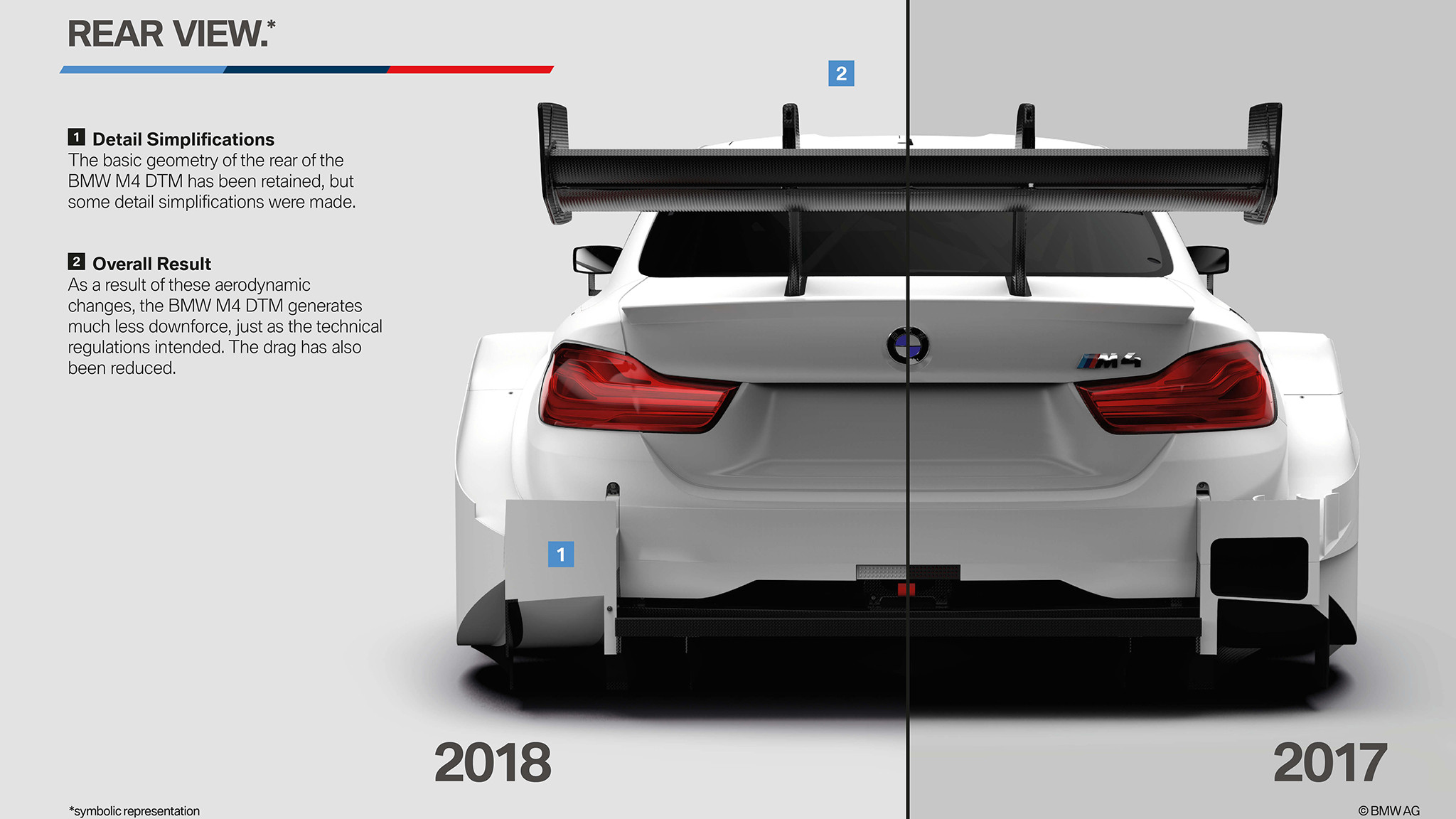
The ITR has also permitted that two mechanics may bring the tyres out to the pit lane for a pit stop, instead of one. This change is not binding, but it has been recommended for safety reasons.
Other changes adopted during the 2017 season and now made permanent include the leader of the pack dictating the pace at the two-by-two restarts, with the cars having to remain in formation until they cross the start-finish line.
The use of pit boards has also been tweaked, with teams now allowed to used them to both request to pit or to inform of a potential emergency situation. The teams may also now give drivers hints with single letters, figures or symbols previously deposited at the DMSB, the German ASN and governing body.
Also, the amount of fuel a car has to carry on board after each qualifying session has been increased to 2kg.
The technical changes will be tested for the first time by BMW, Audi and Mercedes at Vallelunga for three days from tomorrow, with the following drivers taking part in the test:
Mercedes: Pascal Wehrlein, Gary Paffett and Lucas Auer.
Audi: René Rast and Jamie Green.
BMW: Marco Wittmann, with newcomer Philipp Eng as a reserve.
